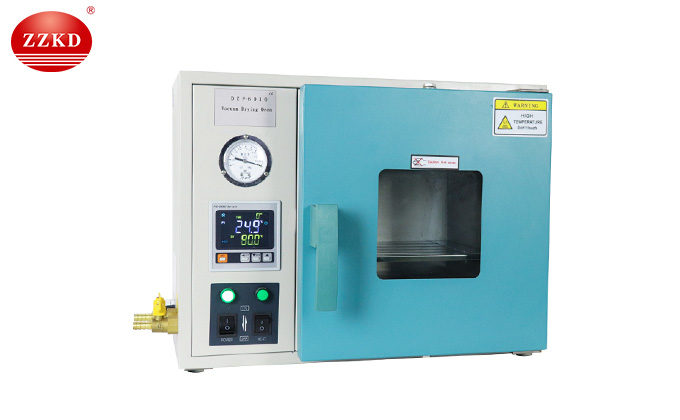
In materials science, electronics manufacturing, or pharmaceutical research, precise and reliable drying processes are vital. The DZF-6010 laboratory mini vacuum oven stands out as a multifunctional powerhouse in this domain, offering 8 liters of capacity with advanced vacuum technology and PID intelligent temperature control. But leveraging these features effectively requires understanding the nuances of operation. This guide will walk you through essential tips to maximize the performance and lifespan of your DZF-6010 oven, enhancing your laboratory processes with confidence and precision.
The DZF-6010 incorporates sophisticated technology in a compact design, making it ideal for environments where space and accuracy are critical. Featuring an 8-liter chamber, it supports uniform heating with ±1℃ temperature stability, driven by a PID control system optimized for sensitive materials. Its advanced vacuum system achieves pressures as low as 20 Pa, accelerating drying times and reducing thermal degradation risk.
| Feature | Specification | Benefit |
|---|---|---|
| Chamber Volume | 8 Liters | Compact size fits limited lab spaces |
| Vacuum Pressure | Down to 20 Pa | Speeds drying, preserves heat-sensitive samples |
| Temperature Control | PID Intelligent Control | Ensures precise and stable heating |
| Safety Features | Over-temperature Protection | Prevents sample damage, protects device longevity |
Operating a vacuum oven effectively isn't just about pressing power. Here are key strategies that have proven to enhance your DZF-6010’s performance based on field experience with over 50 research labs:
Before starting any drying cycle, ensure samples and chamber surfaces are free from moisture or residues that could interfere with vacuum integrity. Running a quick vacuum purge cycle (5-10 minutes) at room temperature helps stabilize the internal environment, achieving consistent drying conditions.
While the PID system offers intelligent control, initial calibration is key. Use a traceable thermometer to verify chamber temperature, then adjust the PID parameters if you notice offsets exceeding ±1℃. Regular calibration every 3 months ensures stable operation, especially critical for temperature-sensitive applications.
Different materials and solvents respond best to specific vacuum levels. For example, organic solvents such as ethanol dry efficiently at around 40 Pa, whereas delicate pharmaceuticals benefit from lower pressures near 20 Pa to avoid thermal stress. The DZF-6010’s flexible vacuum controller allows fine-tuning—use it to match your sample profile precisely.
Maximum sample load should not exceed 70% of the chamber volume (approximately 5.6 liters). Overloading affects heat distribution and vacuum effectiveness. Distribute samples evenly on trays or racks and maintain airflow for uniform drying.
Thanks to its adaptable design, the DZF-6010 supports a wide spectrum of workflows. Here are three typical use cases where this vacuum oven shines:
With these proven advantages, the DZF-6010 mini vacuum oven becomes an indispensable instrument wherever precision and speed are critical.

Your investment in a DZF-6010 pays off best with routine care. Key maintenance tips include:
These simple routines can extend the oven’s operational life by 15% or more and preserve product quality.

The DZF-6010 mini vacuum oven's performance versatility means the key to extracting maximum value lies in clear understanding of your sample types, drying requirements, and operational conditions. This isn't just equipment; it’s a precision instrument tailored for modern labs demanding consistent, reproducible results.
Should your process require accelerated drying for sensitive materials or compact design with stable temperature control, this oven delivers tangible improvements over traditional models.

Are you ready to optimize your drying workflows and boost lab productivity? Discover tailored solutions with DZF-6010 now, and explore practical case studies that match your industry challenges.

